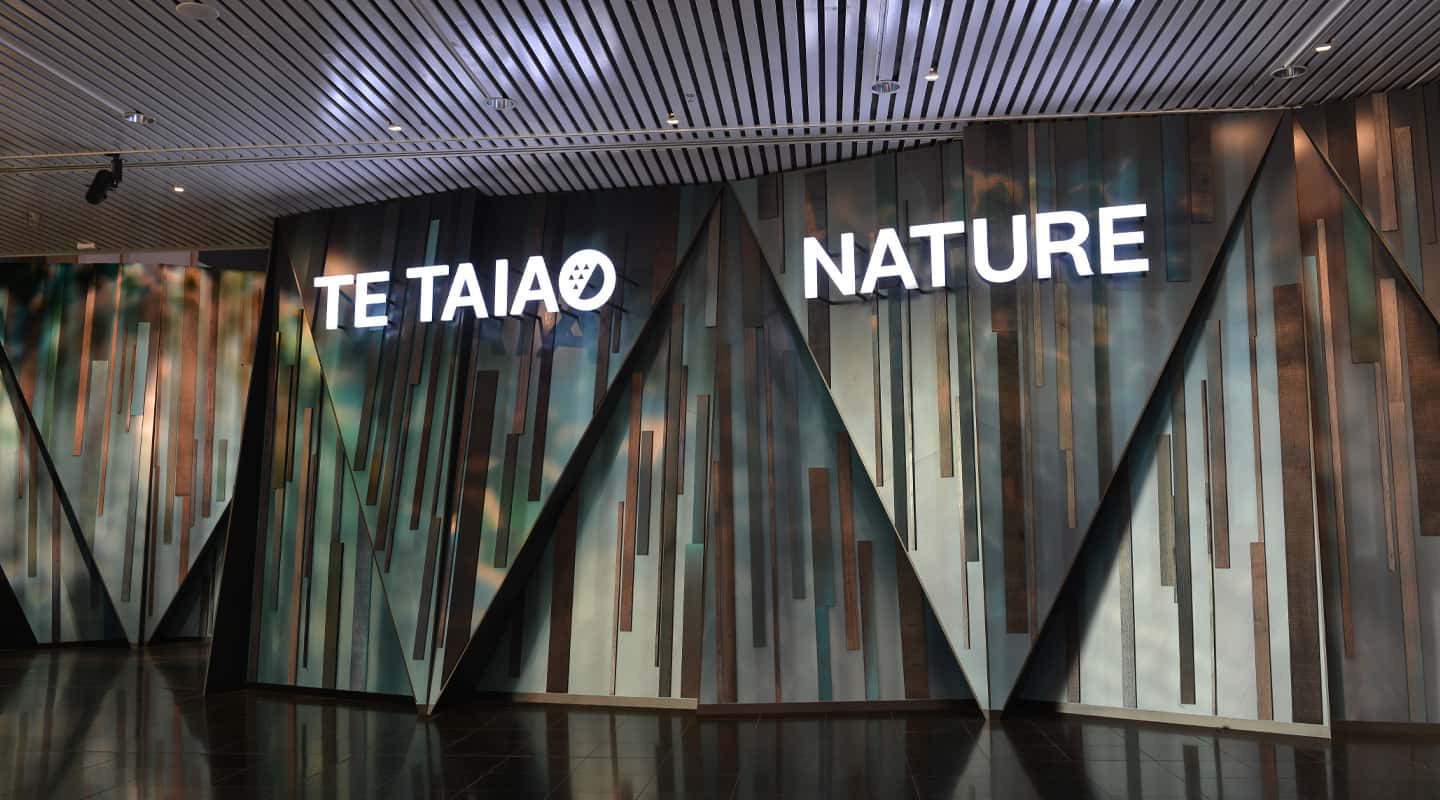
Force of Nature
What does it take to create a series of interactive and immersive environments that will be experienced by over a million visitors a year?
Text:/ Derek Powell
Photos:/ Colin McLellan
The Museum of New Zealand Te Papa Tongarewa (Te Papa for short) is a constantly evolving institution, charged with presenting and exploring the heritage of the nation’s cultures and knowledge of the natural environment. As part of its evolution, the museum has completed a total rebuild of the zone devoted to the natural environment. The new $12m permanent exhibition: Te Taiao | Nature, is the result of a three-year design and build project and is replete with more than three times the audiovisual technology of the old Nature zone.
Te Papa’s in-house technology team designed and installed the innovative audiovisual systems that engage the visitors as they travel through the zone. Audiovisual Manager Andrew Bruce recalled the design process: “What we tend to do is have some real key pieces; or ‘king hit’ pieces, with a real wow factor,” he noted. There’s plenty of wow factor in the exhibits and artefacts themselves: from recreations of extinct birds to a real (pickled) colossal squid and even an immersive earthquake experience – but with a total of 18 high-powered laser projectors in the zone, projected images are a key element.”
Setting the scene at the entry is a curved projection wall that introduces the animated character Māui who acts as a guide throughout the space, cropping up from time to time within different interactive experiences. The custom resolution image is created using two edge-blended Panasonic laser projectors with geometric distortion correction. A multi-channel surround sound system completes the experience.

CONVERTING THE CLIMATE
The premier piece from a technology perspective is the fully immersive ‘Climate Converter’ interactive display. As they enter the space, visitors are transported into a virtual space with an animated environment projected onto all four walls and the floor. By working together, visitors can alter the video and audio in their virtual environment using gesture control with the goal of ultimately creating a carbon neutral environment. They can also make environmental pledges at a kiosk. As they do, the interactive creates an animated origami bird which flies from the kiosk into the space – and also emails them with action that they can take related to their pledge.
Te Papa retained Auckland based creative studio DOTDOT to program the multiplayer video game that was the basis for the interactive experience but creating the seamless video environment in a limited area was not easy. “Luckily one of our staff members is a projection expert – one of the best in New Zealand,” Andrew revealed. “He worked very closely with Panasonic, who supported us on this exhibition, which gave us access to their engineers regarding lenses, correction technology and everything else.”
The final design for the technology systems used seven HD projectors (with short throw and ultra-short throw lenses); eight computers; eight infrared gesture cameras; an HDBaseT video routing system; and a 6.0 surround sound system. Three of the eight computers are used to deliver the game content (programmed in Unity software), two PCs drive kiosks and the remaining three manage the data from the gesture cameras.
The hardware design was actually finalised well before installation but there was a final sting in the tail as Andrew recalled. “What was designed on paper and what was actually built were slightly different. While it was designed to be a square room, what was actually built was a parallelogram.”
Standard geometric and lens corrections simply could not cope with the trapezoidal wall shapes. Fortunately, Panasonic’s special Geometric Distortion software had the chops to deal with the twisted shapes and provide a seamless blend.
“It means you can actually bend the corners into funny shapes,” Andrew continued. “So we had to buy licences for these projectors to create a clean edge blended area.”
EQUIPMENT HIGHLIGHTS
18 x Projectors, Panasonic PT-RZ660 & PT-RZ970 & various lenses
5 x Panasonic Geometric Distortion systems
12 x Custom Mounting Systems
27 x ELO Touch Monitors
25 x Panasonic Non-touch Monitors
84 x Brightsign Media Players
20 x Standard PCs, HP
10 x Gaming PCs, HP
8 x Surround Sound Systems
50 x Speakers (various, including JBL Control)
Plus control systems, lighting systems, peripheral hardware, DSP and more.
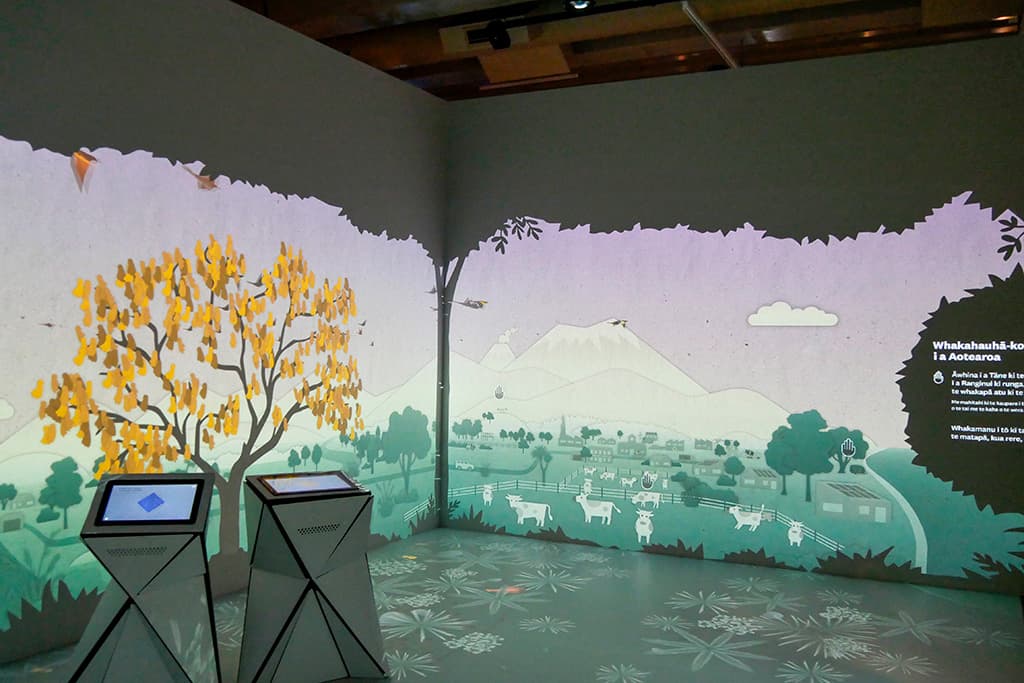
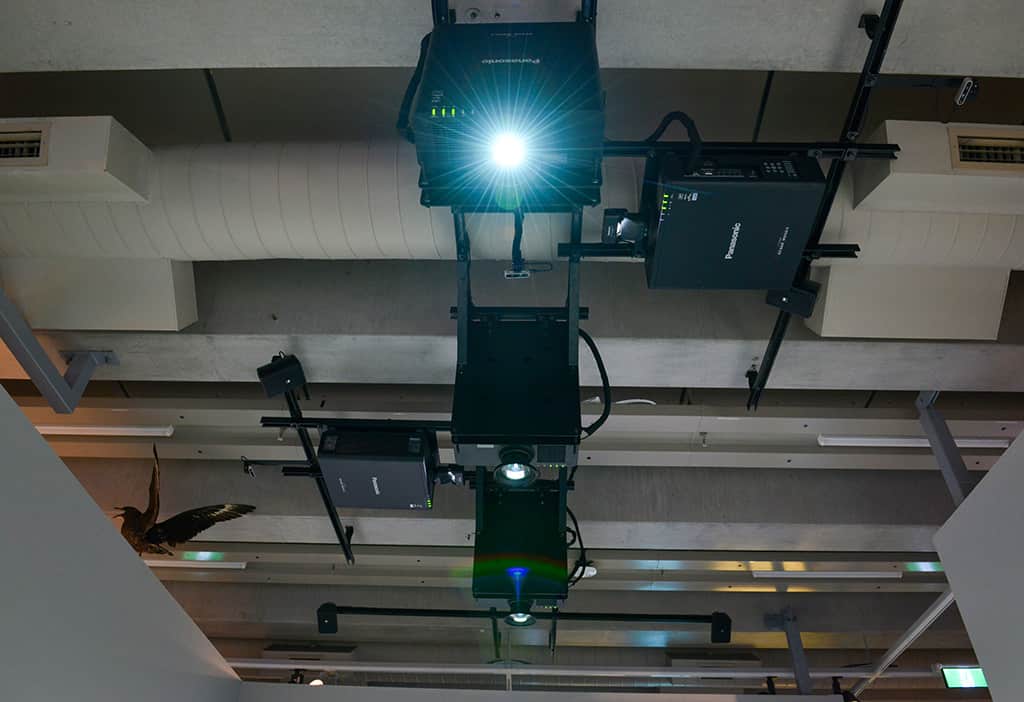
Climate Converter: Immersive Interactive Display
The seven projectors, eight IR cameras and six speakers are mounted on a custom designed and engineered mounting system.
PROJECTING A LIFE FORCE
Just inside the entrance is another of the ‘king hit’ pieces, a four metre high, portrait-format curved screen invites guests to feed their life force or ‘Mauri’ into the exhibition. As visitors work together by placing their hands on the carved wooden touchstone, the on-screen content expands and becomes richer and fuller.
As visitors touch the carving, a subwoofer hidden inside vibrates to provide tactile feedback and a backlight illuminates to help them learn how to operate the interactive. There are no buttons apparent on the centrepiece; instead the AV team placed sensors behind tiny holes in the carved surface. Each touch sends UDP commands from a BrightSign player into the computer to manipulate the content. Birds appear in the sky and blue whales are added to the ocean as people working together help rectify the climate.
The massive 6m-high image is created by a single 10,000-lumen Panasonic projector hidden out of sight above a display cabinet opposite. Altogether, a further seven experiences use projection systems in the Te Taiao | Nature exhibit. All of these projection systems include bespoke and custom designed mounting solutions which include clever access considerations for maintenance of the projectors.
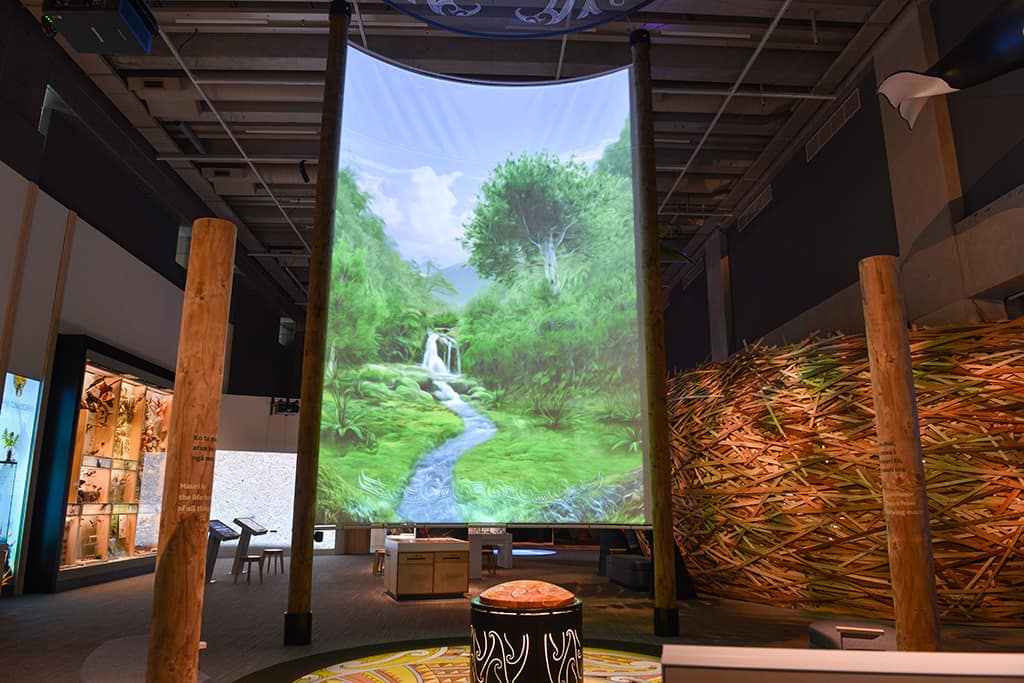
I FEEL THE EARTH MOVE
Not everything happens on a screen of course. One of the most popular attractions is the Earthquake House (pictured below) – actually a redesigned and modernised version of a similar display which had been operating since Te Papa opened in 1998. As visitors enter the miniature house, they appear to look through a doorway into the kitchen. However the view beyond the doorway is actually the screen of a 4K, 84-inch monitor. As visitors enter, another of the ubiquitous BrightSign players runs a specially created four-minute video of the kitchen scene which exactly matches the view from the visitors’ perspective.
Looking through the ‘door’ visitors see the owners ‘enter’ and offer you a cup of tea. While you’re there, an earthquake unexpectedly pays a visit. Visitors, especially children, instinctively follow their civil defence training and ‘drop, cover and hold’ beneath a real table in the visitor area while the actors go through the same routine in the kitchen with crockery falling about them.
The educational message is about earthquake safety but the shaking comes from a heavy duty motor under the floor, triggered by the BrightSign. This exhibit is a completely new build – including the shaker motor which Andrew reckoned had earned its retirement. “We worked out the old motor had done around two million shakes in its 20 years in service,” he said.
“”
There are 18 projectors in the space with a huge amount of curved projection – and that’s the thing that’s very immersive, and impressive
I’VE GOT TO MAINTAIN CONTROL
When asked which parts of the massive installation he’s happiest with, Andrew nominated his top two. The projection systems were one favourite. “There are 18 projectors in the space with a huge amount of curved projection – and that’s the thing that’s very immersive, and impressive,” he reflected. He also loves the reliability of laser powered projectors – he wouldn’t use anything else these days.
But equal top billing for him was the control system. To ensure that the technology in the Te Taiao exhibition remains healthy the team has developed the most advanced custom control and monitoring system they have ever commissioned. “It’s a hybrid,” Andrew stated. “It’s based around CommandFusion, which sort of glues everything together. CommandFusion is designed for home automation but we use a lot for control systems. Along with that, we use EventGhost to control computers and BrightAuthor for the BrightSign players, which also control the projectors.”
The control system automatically starts the exhibition in a managed manner every day, with the start-up sequenced to minimise any power surge. Equally important is the extensive monitoring system. All of the technology in the exhibition sends a heartbeat to the dashboard display. If a heartbeat is missed, an indicator changes colour to alert a technical staff member. “You can analyse everything from back of house,” Andrew elaborated. “You can dive right in and interrogate any display remotely or you can walk front of house with an iPad and restart interactives individually. That’s a really user-friendly support management system. Better than we’ve ever done before.”
The plan is to expand this control system design and architecture across other exhibitions and areas of the museum including the conferencing venues and meeting rooms.
THE LONG HAUL
For the Te Papa Technology Solutions team, winning the AVIA award is exciting as it represents peer recognition for their continuing efforts. But the real pay-off will come with the visitor reaction over the expected ten year lifespan of the exhibit. So far, the new zone has had a great start.
Andrew is very happy with the visitor statistics. “We’re getting a tremendous conversion rate. That means that currently, about two-thirds of people that come to the museum will go to this exhibition. And when you have about one point five million visitors a year to Te Papa, you’re looking at one million visitors through the exhibition in the first year alone!”
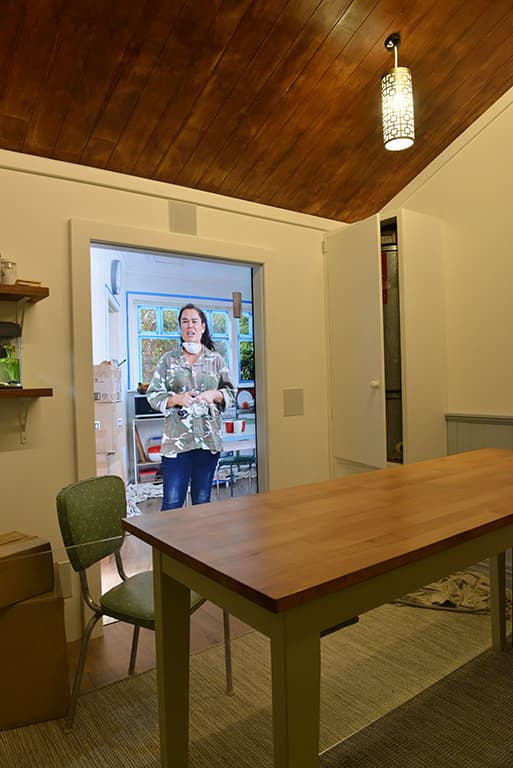

TEAM DETAILS
For Te Papa:
Andy Allison Lead AV Systems Engineer & Project Manager (AV)
Piet Asplet AV Systems Engineer
Mark Roxburgh AV Systems Engineer
Scott Abernethy AV Systems Engineer
Andrew Bruce Manager, Audiovisual Services
For DOTDOT:
Chris White Project Manager/Designer
Jacques Foottit System Programmer/Designer
For Toulouse
Marc Simpson Hardware supply & engineering design
Adam Walker Assisting in programming (BrightSign)
Jonathan Boyd AV Systems Installer
Taylor Joynes AV Systems Installer

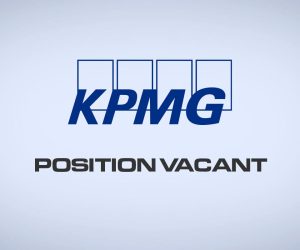
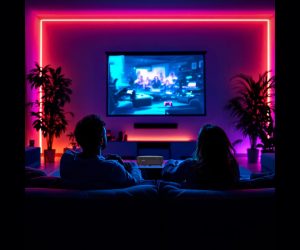
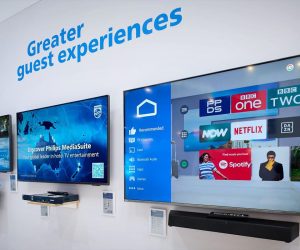
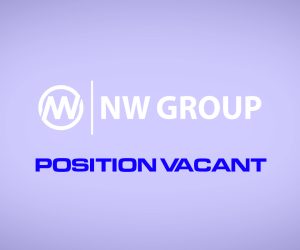
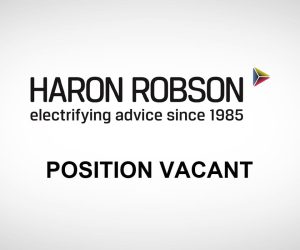

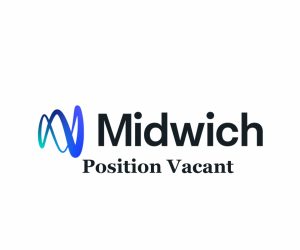
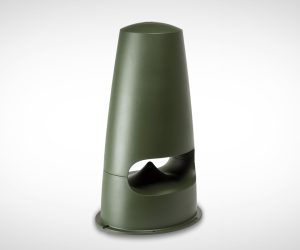
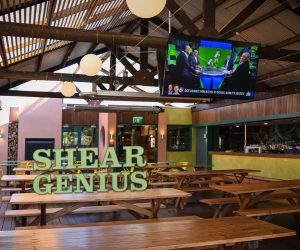
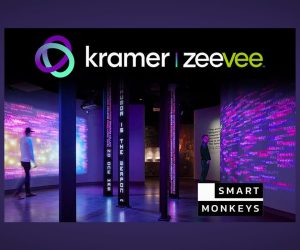
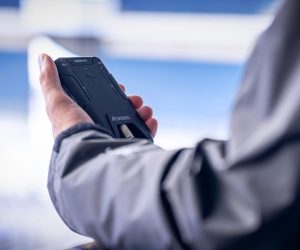
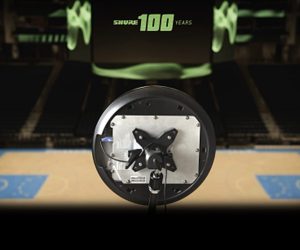


RESPONSES